Greatest Inventions, Machines, Devices and Objects (260)
This is a collection of the greatest things I have have knowledge of.
"P38"
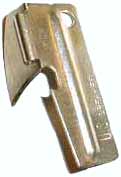
The P-38 can opener, "the army's greated invention".
Today, this unique gadget seems not vary popular, and hardly needed.
But 30 years ago when I was in the U.S. Air Force, I carried one on my key chain at all times, and for quite a number of years after.
It was invaluable. Unfortunately I finally lost the last one I had, and haven't found another.
"Difference Engine"
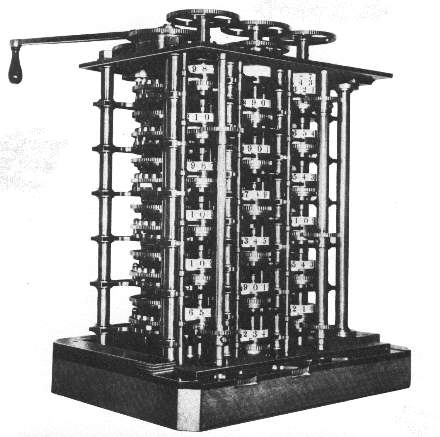
(honorable mention)
Babbages's 1st Difference Engine.
"Analytical Engine"
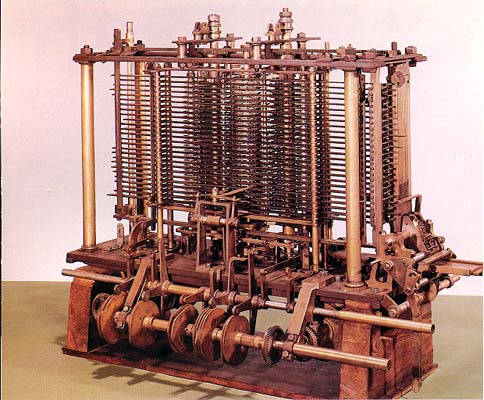
(honorable mention)
"Abacus"
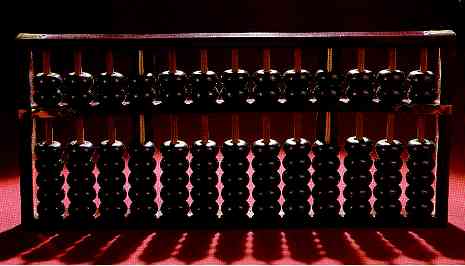
I first saw my older brother use an abacus. I never knew why, but he was fascinated with it. So I learned how to add with it. Quite interesting, true, but definitely lacking.
"Slide Rule"
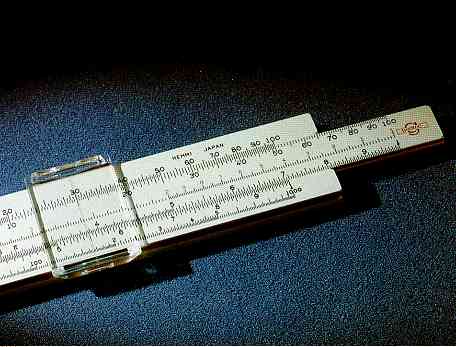
I first saw one of these in Denver Colorado, circa 1970. My dad, an engineer had one. He used it in college, and later in his professional career.
You could by them at the local department store for just a few dollars. So I bought one, and learned addition and multiplication.
I never learned subtraction or division, but I understand all math is just another form of either addition or multiplication.
Of course, my relationship with the slide rule lasted only a coulple of years. By 1973 I got my first calculator, which was a gift.
"IBM-PC (5150, circa 1983)"
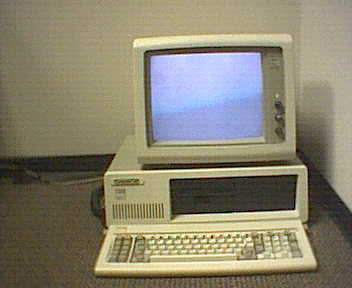
This picture was taken in 2003 showing the working machine at 20 years old. 8088 processor, screen saver, Word Star, Lotus 1-2-3, Quatro-Pro, 640k main memory, CGA monitor, 32mb hard-drive....BUT NO MOUSE. RATS!!
This one purchased from Computer Craft. I saved it from the scrap heap (although this thing weighs a ton and would make great scrap).
Works fine, but I think it's out of warranty. I have another complete working model, but it has a monochrome monitor.
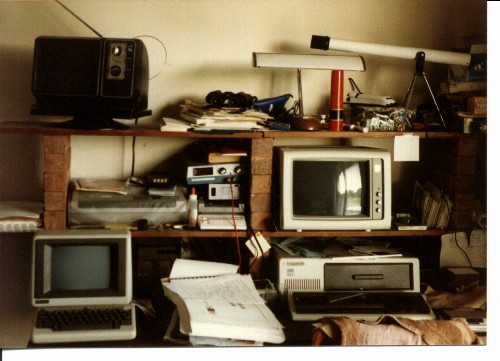
This is a picture of my desk at home around 1989, showing I had one of the original IBM-PCs (along with misc. other components and junk).
Please look beyond the telescope, power supplies, modems, heath-kit digital VOM and the shelves made out of stacked house bricks.
Anyway, so significant was this machine, that one sits in the Smithsonian Institute, American History Museum, very near the ENIAC.
"HP3000 (1976-2001)"
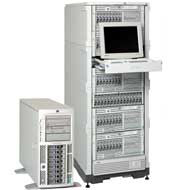
The ALPHA PROJECT
, with its Multi-Programming Executive.
Also visit the HP Museum's HP3000 exhibit for some history and photos of various models.
An HP2622A terminal, window into the HP3000.
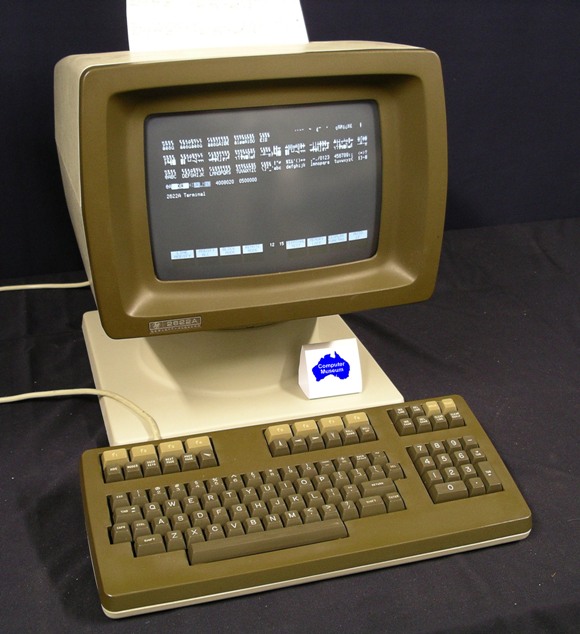
Classic and RISC architeture.
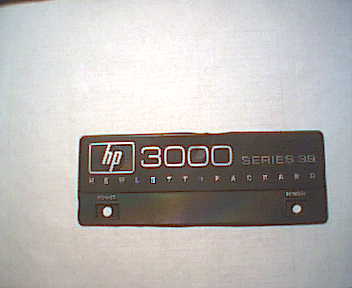
An original Series 39 name plate, which I own.
More HP 3000 links.
"Walking Piano"
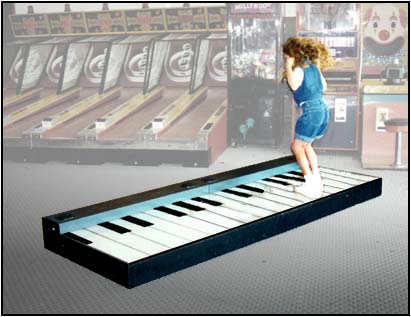
This is the "walking piano" used in the movie "BIG", with Tom Hanks and Robert Logia. It is not just a movie prop, but an actual device.
Link to Walking Piano.
"Micro Engines"
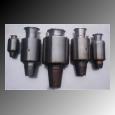
Yes, these are micro-engines. What, you might ask, are they used for? You won't believe it if I tell you, but it's true. I'll give you two examples.
1. To power small devices or charge batteries. Imagine a battery-like device that goes in a small MP3 player, or GPS, or calculator, or whatever.
Built inside an AA size battery-like device, is a micro-engine, that powers a small generator, that constantly keeps your device working, until the fuel cell is exhausted. Imagine a cell phone who's battery lasts for years!
When the fuel cell does run out, which is probably lighter fluid, all it takes is a few ounces of lighter fluid, and a syringe, and hey, you're good to go for another 10 years.
One micro engine can provide the power of 300 batteries (in succession). Just think of the engery efficiency. Did you know, it takes 2000x times the energy to manufacture a battery, than the energy the battery in question provides? WOW!
2. To power micro-airplanes (or jets). Again, imagine an airplane about 18" long, NOT A MODEL, but a REAL airplane! Its cargo...a micro camera. It's power plant...one or more micro engines. Its purpose...a spy in the sky. Much cheaper than satellites. Undetectable by radar. Pilotless. This mission is currently being accomplished by "Predator" drones. This entire program could be scrapped with this new technology.
Link to Micro Rotary Engines.
"Voyager"
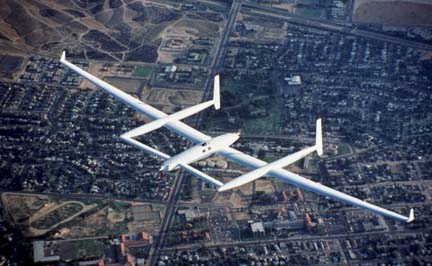
By 1986 designer Burt Rutan and pilots Dick Rutan and Jeana Yeager had devoted over five years to building and flight-testing the Voyager.
The canard wing design, or forward elevator, similar to that successfully used by the Wright brothers in 1903, provided additional lift and improved the plane's efficiency and range.
A preliminary sketch of the 1903 Wright Flyer was drawn on a brown paper bag in the Wrights' living quarters in 1902.
Coincidentally, the first sketch of the Voyager was made on a paper lunch napkin in 1980.
Constructed of graphite composites, Voyager's total weight was 4 050 kg (9 000 pounds), including an unprecedented 3150 kg (7 000 pounds) of fuel.
On 14 December 1986 Richard Rutan and Jeana Yeager took off from Edwards, California, piloting the Voyager from a cramped 2,3 m (7.5 ft) long, 1,1 m (3.3 ft) wide and 1m (3 ft) tall cockpit.
Voyager's takeoff weight was more than 10 times the structural weight, but its drag was lower than almost any other powered aircraft.
Voyager's wingtips sustained minor damage during its takeoff roll because of the massive amount of fuel. Approximately 75 cm (2.5 ft) of graphite skin was missing from the left wing's foam core.
Travelling at an average speed of 185 km/h (115.8 mph), it took the Voyager 9 days, 3 minutes and 44 seconds to become the first aircraft to circumnavigate the globe nonstop, non-refuelling.
They triumphantly landed again at the Edwards Air Force Base at 8:06 a.m. PST 23 December 1987.
Link to Flight of the Voyager.
"Wright Flyer"
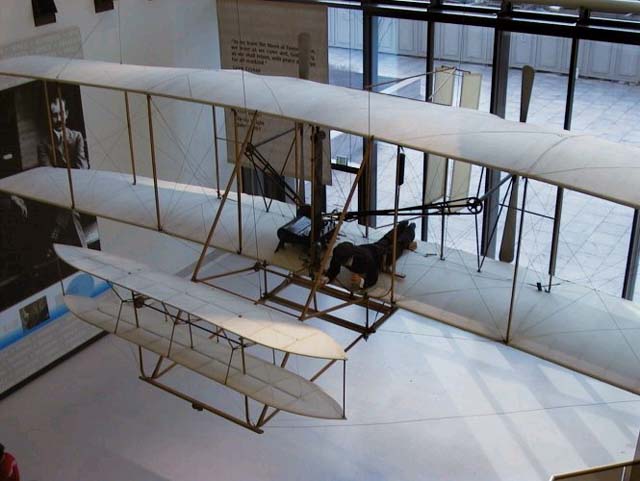
On December 17, 1903 at Kitty Hawk, NC, Orville Wright's famous first airplane flight took place. This is a photo of the actual flyer, on display at the Smithsonian Air & Space museum, in Washington, DC.
Link to Wright Flyer.
Link to Wright Flyer Drawings.
Link to Orville Wright's own writings. on how the brothers made the flights
"Nano-Tubes"
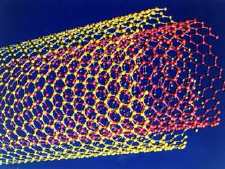
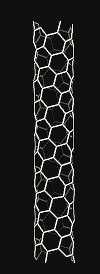
A new concept in composites. This material will revolutionize everyday items just like cost effective manufacturing and wide spread use of plastics did back in the 60's. This material has unheard of strength, and is light weight, and will not cost much to manufacture. It will solve many of life's annoying little problems with consumer goods breaking down. Imagine a pencil that will not break, or dishes, or clothes that will not wear out!
The possiblities are endless. Imagine a wood ceiling joist in the average house uses a 2x10 or 2x12 piece of pine. Maximum length, say 20 feet. It takes two strong men to carry and place this beem.
Now imagine the same length beem, only this time made out of a nano-tube structure.
Instead of a 2x12 beam, it is probably 1" by 1/2" and is so light a single person could carry it in one hand. But has 10 times the strength of the 2x12x20.
Now THAT's amazing!
You saw it here first!
Link to 'The NanoTube Site'.
Howard Hughes' HK-1, "Spruce Goose"
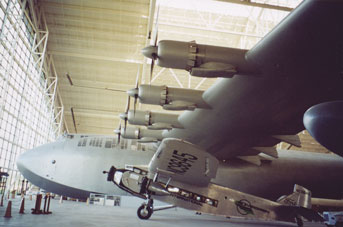
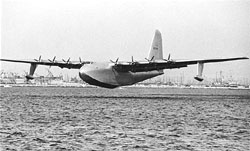
On November 2, 1947 in Long Beach harbor, California, Pilot Howard Hughes made a world famous first and only flight
of the world's largest airplane. This is a photo of the actual flght.
Link to The Spruce Goose.
Link to more Photos.
My "Bicycle"
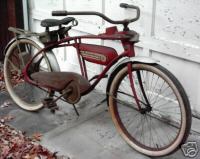
This is not a bicycle. This was a rocket ship, a time machine, a motorcycle. It took me to far and great destinations. It required only a little physical effort, and in return it would deliver me to unimaginable places, castles, forts, hideouts and the like, all begging to be explored. It would slice through the air, and roll over land at breath-taking speeds. This machine was a magic wand. It got me out of a few brushes with catastrophe and hairy scrapes. This machine could carry me to my friend's house across town, or to the neighbor's house next door. It could carry me to school, to church, to the Dairy Queen, or to ride in a pack with a bunch of other 6 year-olds on their way to outer space.
Of course this picture is not the actual bicycle I had when I was six years old. At that age I wasn't dreaming of internet web sites and lamenting of my past. I was more interest in getting somewhere.
Ironically, as destiny would have it, later in life I would acquire a real time machine. It's sitting in my garage right now, and although it is missing a few parts, it transforms me back in time quite adequately.
"If you think it's expensive to hire a professional, try hiring an amateur." Red Adair
Theory Home
|

